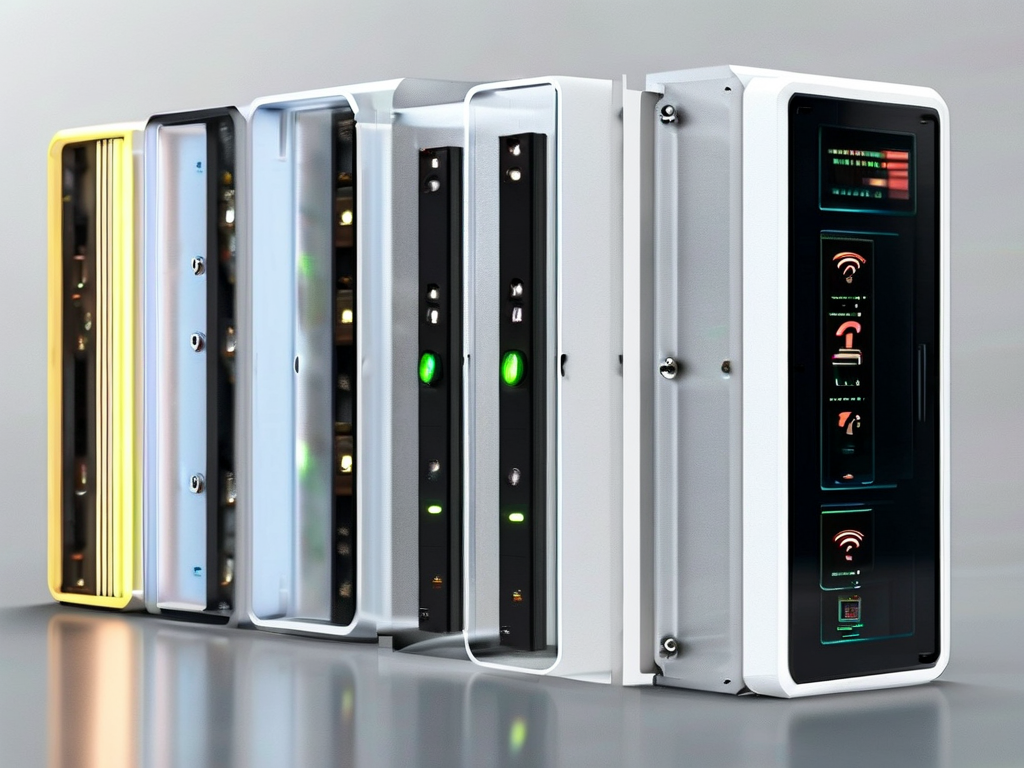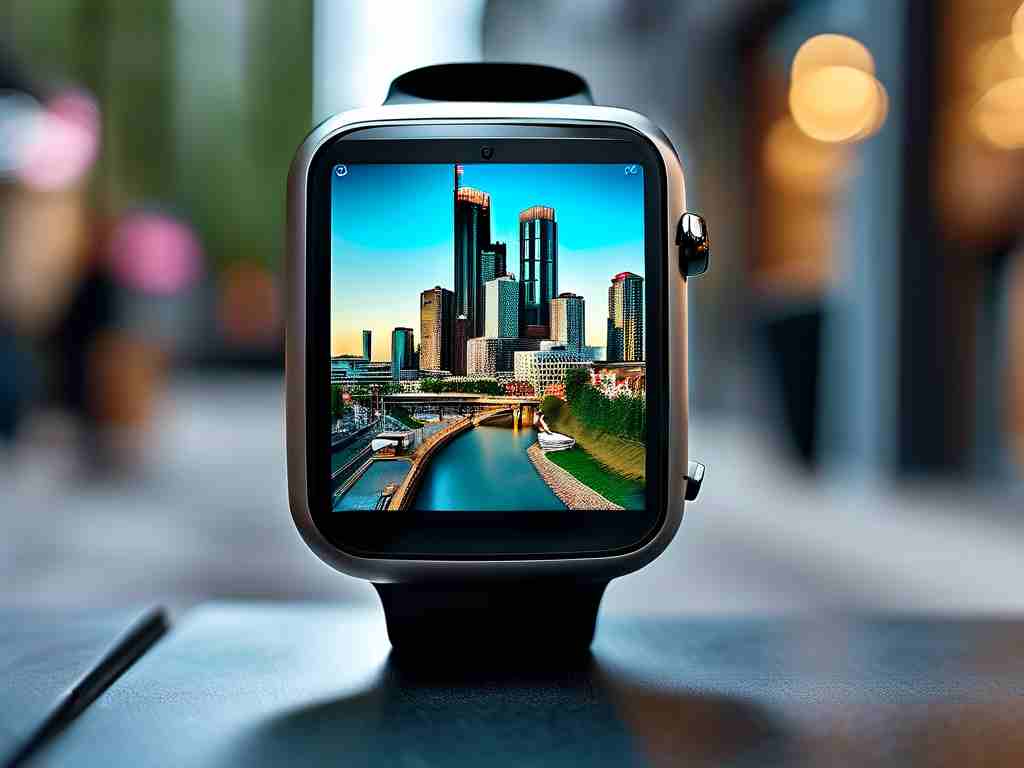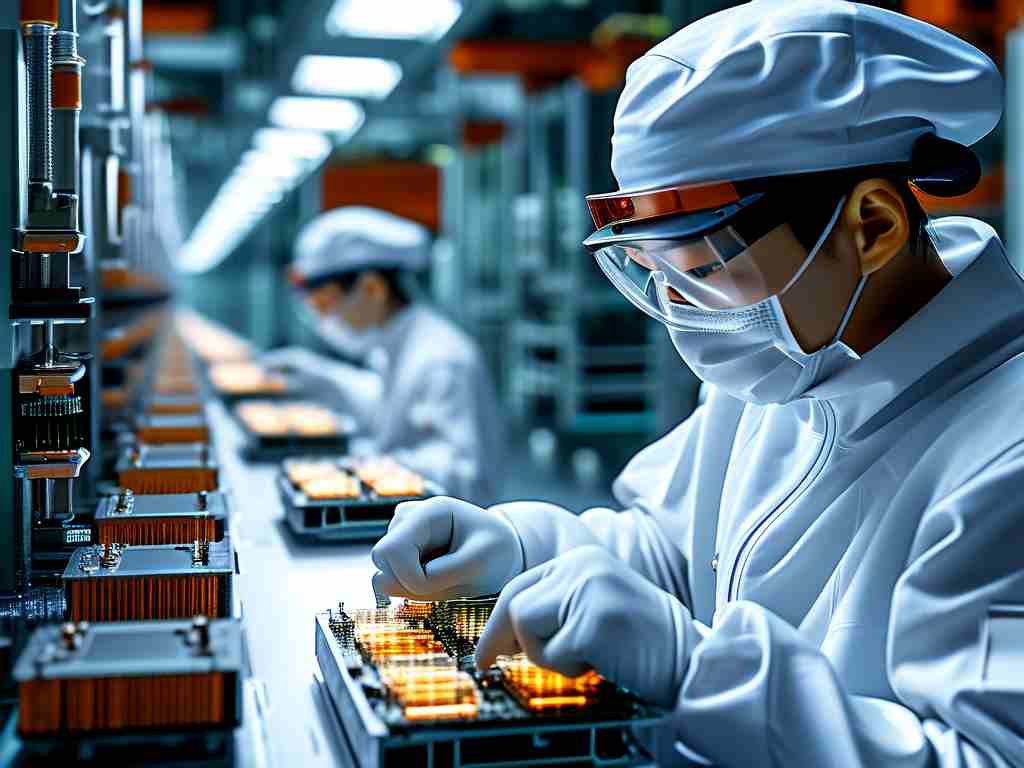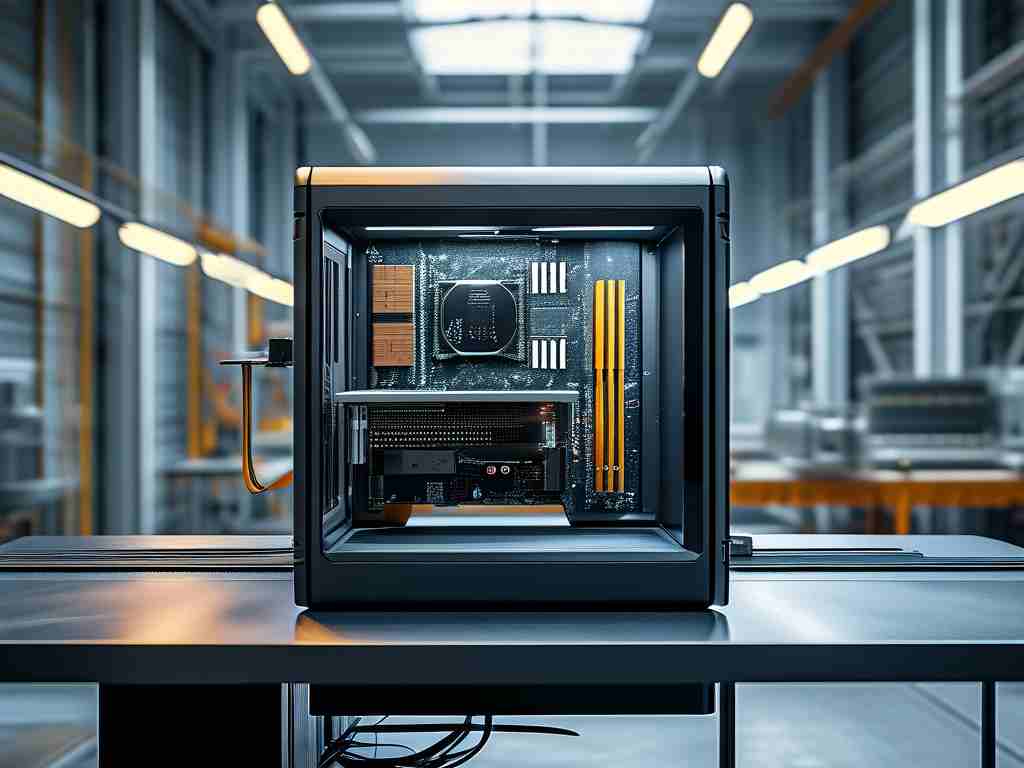As a hub for advanced manufacturing and technology, Jieyang has emerged as a critical player in China’s embedded systems sector. The city’s specialized manufacturers are driving innovations in embedded module development, catering to industries ranging from industrial automation to smart infrastructure. This article explores how Jieyang-based companies are shaping the future of embedded technologies and why their contributions matter in a globally connected world.

The Rise of Embedded Module Development in Jieyang
Jieyang’s transition into a technology-driven economy began over a decade ago, fueled by government support for high-tech industries and a skilled workforce. Today, the city hosts over 20 specialized firms focused on designing and producing embedded modules for IoT devices, robotics, and automotive systems. These modules serve as the backbone of modern electronics, enabling seamless communication between hardware and software components.
One standout example is Jieyang TechWorks, a local manufacturer renowned for its low-power embedded solutions. The company’s flagship product, the TW-300 Series, integrates ARM Cortex-M7 processors with customizable firmware, making it ideal for energy-efficient smart home devices. Another key player, SinoEmbed Systems, specializes in industrial-grade modules resistant to extreme temperatures and vibrations, addressing the demands of harsh manufacturing environments.
Technical Expertise and Custom Solutions
What sets Jieyang’s developers apart is their ability to deliver tailored solutions. Unlike off-the-shelf modules, locally designed systems prioritize scalability and adaptability. For instance, a recent collaboration between Jieyang Embedded Labs and a Shenzhen-based robotics startup resulted in a modular control system that reduced production costs by 30% while improving processing speed.
A typical development workflow here involves:
// Example: Sensor data processing in an industrial module
void process_sensor_data() {
uint16_t raw_data = read_sensor();
float calibrated_value = calibrate(raw_data);
transmit_data_via_CAN(calibrated_value);
}This code snippet illustrates the efficiency of Jieyang-developed firmware, emphasizing real-time data handling and minimal latency—a critical requirement for automation systems.
Market Impact and Global Reach
While Jieyang’s manufacturers initially served domestic markets, their reputation for reliability has attracted international clients. European automotive suppliers, for example, source embedded controllers from Jieyang to power EV charging stations, citing competitive pricing and robust quality control. Similarly, Southeast Asian telecom companies use Jieyang-made modules for 5G base station management.
The city’s success also stems from strategic partnerships. Universities like Guangdong Institute of Embedded Systems collaborate with local firms to bridge academic research and commercial applications. Joint projects have yielded breakthroughs in edge computing and AI-driven diagnostics, further solidifying Jieyang’s position as an innovation hub.
Challenges and Future Directions
Despite its growth, the sector faces challenges. Global chip shortages have forced manufacturers to diversify supply chains, while rising demand for AI-capable modules pushes teams to adopt faster prototyping tools. To stay ahead, companies are investing in R&D labs focused on quantum-resistant encryption and neural network integration.
Looking ahead, Jieyang aims to leverage its embedded systems expertise to support smart city initiatives. Pilot projects include traffic management modules using real-time analytics and solar-powered environmental sensors for rural areas. These efforts align with national goals to reduce carbon emissions and enhance urban livability.
In , Jieyang’s embedded module developers are not just keeping pace with technological advancements—they’re defining them. By combining technical precision with adaptive design philosophies, these firms are positioning the city as a global benchmark for embedded innovation. As industries worldwide increasingly rely on intelligent systems, Jieyang’s role in this transformation will only grow more pivotal.









